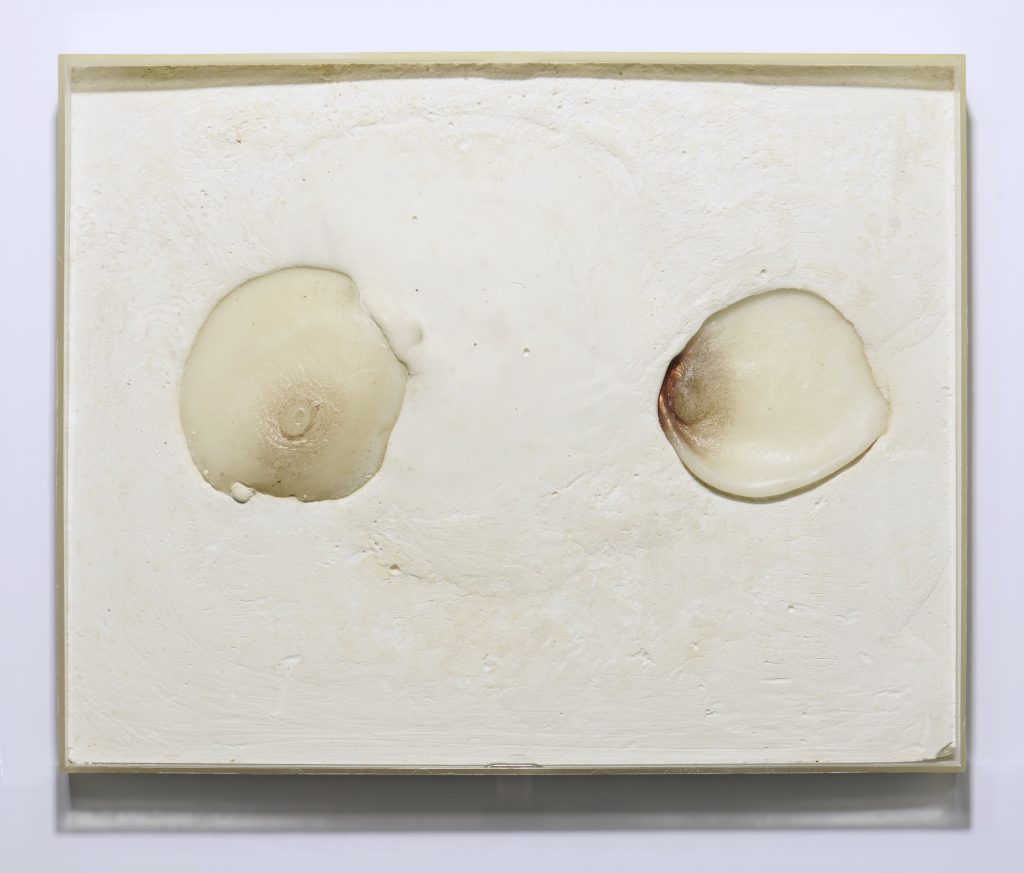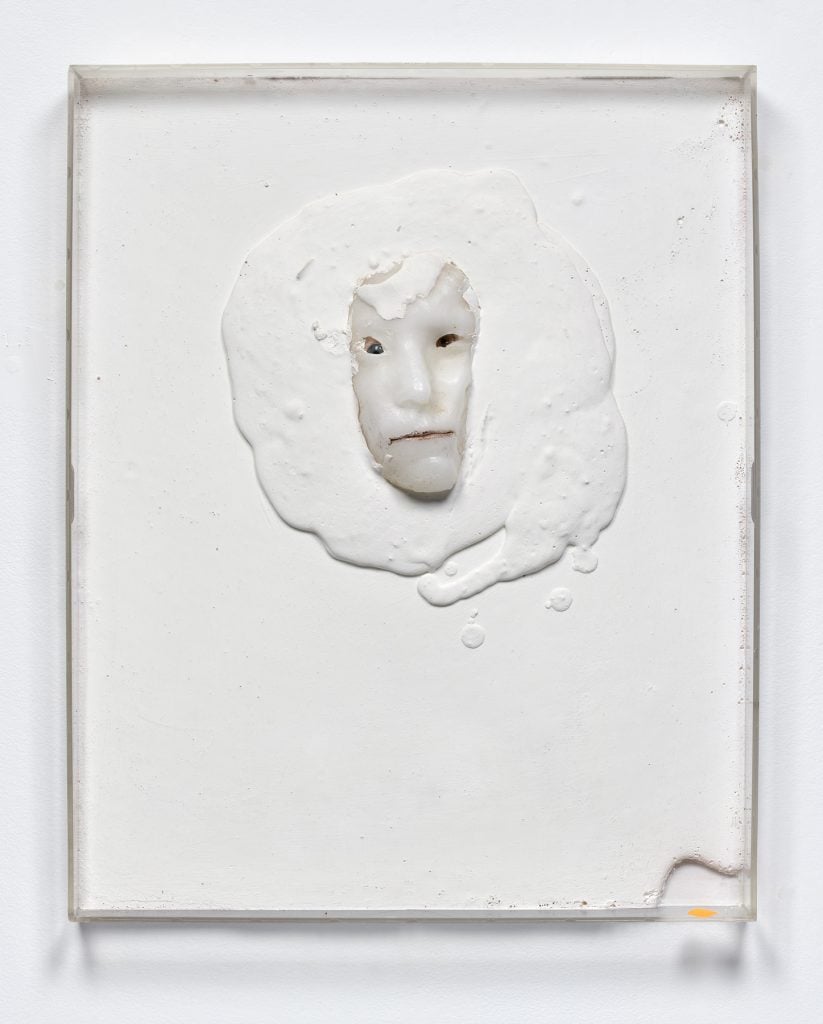Gallery Network
7 Questions for Marianne Jacobsen, Director of the G. Austin Conkey Collection
Jacobsen tells us how she got her start and about the works it's been hardest to part with over the years.

Jacobsen tells us how she got her start and about the works it's been hardest to part with over the years.

Artnet Gallery Network

As the director of the G. Austin Collection, Marianne Jacobsen works to preserve and promote the artistic eye of its founder, pioneering San Francisco collector and retired U.S. Navy Captain G. Austin Conkey (1933–2019).
The collection is rooted in the influential ‘70s conceptual art movement of California, with prominent holdings of works by artists Allen Adams Paul Kos, Lynn Hershman Leeson, and Tom Marioni spanning paintings, photographs, prints, ceramics, sculptures, works on paper, and assemblages. In other words, the works are a unique time capsule of a creative community in a specific era and geography.
Over the years, Jacobsen has worked to promote the collection and its artists, collaborating with museums for exhibitions over the years. We spoke with her about the collection and the lesson’s she’s learned over the years.
Tell us about your background and what led you to your position with the G. Austin Conkey Collection.
The shortest answer would be, I studied literature, ended up in fashion, worked with many creative, talented people all over the world, jumped to documentary production in New York, and worked with many artists including Marina Abramovic and Lynsey Peisinger.
What is the first artwork that captured your attention?
Harriet Backer’s Andante (1881) in my grandparents’ dining room. Yes, it was a reproduction.

Lynn Hershman Leeson, Fried Eggs for Russel. Courtesy of the G. Austin Conkey Collection.
What has been your proudest moment working with the G. Austin Conkey Collection?
Being asked to work with them in the first place, and that they listen to my advice to take time to place the work. Lynn Hershman Leeson’s exhibition, “Twisted” at the New Museum, [is another highlight].
In your time adding and deaccessioning work from the collection, what was the most difficult artwork to part with and why?
Edvard Munch referred to his paintings as his children, and I think that is a good analogy. Being privileged to spend time with the works, you learn a lot and then let them continue their journey.
But I will have a very hard time letting go of Lynn Hershman Leeson’s Untitled—Painting of Black Dress with Drawings. To my knowledge, this is a very early painting in Lynn Hershman Leeson’s career, dating to the 1960s, after she was diagnosed with a serious illness during her pregnancy, and potentially the source material for many of her later works.
I’d also say her work Double Helix Watercolor. Lynn mentioned in the program Art21 how drawing is a meditation for her. This watercolor and drawing from the early 1970s looks to me like a premonition to the work she has done lately with her own antibodies and DNA.
I also consider Emerging I (ca.1960–1970) an incredibly strong work. Lynn Hershman Leeson has many times referred to the physical and sexual abuse she endured as a child, and how she tried to scrape with her fingers on the plaster wall to try to escape. Lastly, I found it hard to part with the work Fried Eggs for Russel. All of Lynn Hershman Leeson’s work has so many layers. So I would love to know if this work refers to the philosopher Bertrand Russell or the art critic John Russell or maybe the cook and painter Peter Russell–Clarke.

Lynn Hershman Leeson, Emerging I. Courtesy of the G. Austin Conkey Collection.
Since you started, what have been the biggest changes in the gallery market?
The insane prices and introduction of NFTs.
What has been your most memorable experience in the art world?
The privilege to be able to live in New York [and to] observe, enjoy, and learn when I placed the painter magician Ouattara Watts fantastic work.
What advice can you give to a first-time collector?
Don’t sit and look at a screen. Go out to galleries, small, up-and-coming, and the well-known ones. Connect with artists. The more you see, the more you learn!